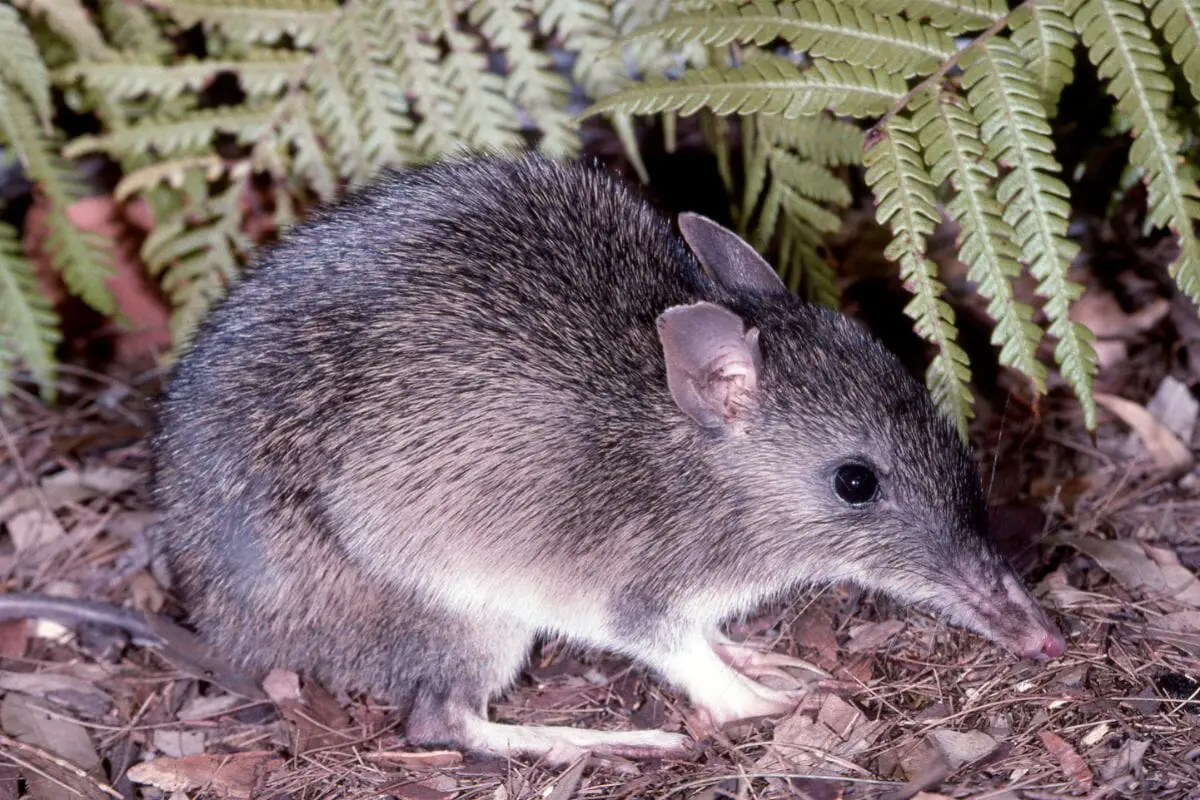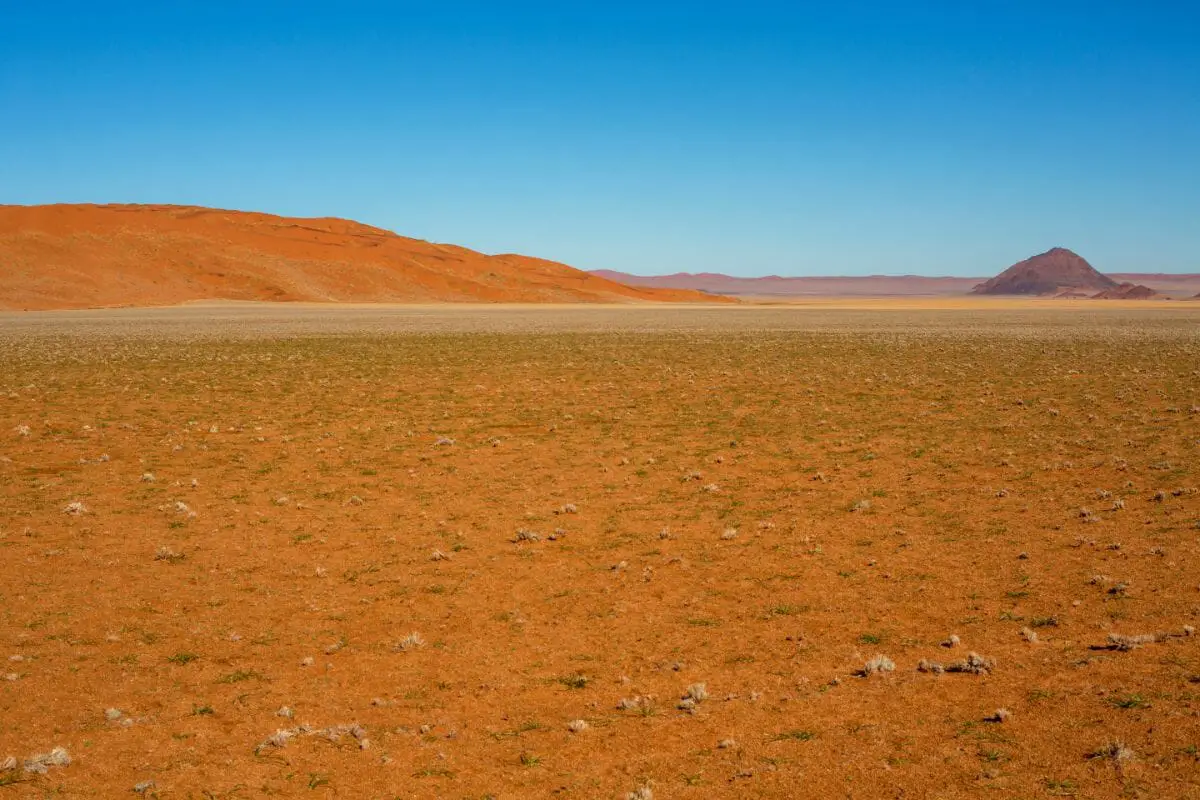Australia is home to swathes of unusual and unique animals. There are so many different creatures that call this sprawling country home. One of the most interesting places in Australia is its vast desert.

Despite the harsh and unforgiving conditions, Australia’s deserts are home to a range of different species. One of the most intriguing animals that have ever lived in the Australian desert is the desert bandicoot.
You may not have heard of this animal before and for good reason. However, in this article, we will look at what the desert bandicoot is and why it is so elusive.
What Is The Desert Bandicoot?
The desert bandicoot was a small to medium-sized creature that was often known to have an orange-brown coat covering its back. The hindquarters of this little creature were decorated with distinctive dark bands.
It was most commonly found in the southeast area of the Northern Territory of Australia.
However, it was also known to be spotted as far north as the Tanami desert. If nothing else, this little creature was able to make multiple types of terrain its home.
What Does The Desert Bandicoot Look Like?
As we mentioned above, the desert bandicoot was not a large animal, in fact, it would vary from being a small rodent-like animal to a medium rodent-like animal.
From a distance, the desert bandicoot looked like an orangey, brown creature that travels close to the ground on its short legs.
Around the hind legs, the desert bandicoot would boast dark bands that could make it look a bit more dangerous to any potential prey.
The desert bandicoot featured a rat-like tail that was long, thin, and free from the fur that covers the rest of its body.
This tail would have helped it to scamper across almost any terrain and evade harm, predators, and other dangers that are associated with the Australian desert.
The desert bandicoot had quite a delicate face that doesn’t seem fitting for an animal that calls the harsh conditions of a desert its home. The desert bandicoots’ faces were quite long and small.
It tapered off from its skull into a thin snout that could reach into crevices to find food and water.
The eyes of a desert bandicoot were located on the side of its head which suggests that it was a prey animal more than a dangerous predator.
Another physical feature that suggests prey rather than predator is the relatively large ears that sit on top of its head. These ears are perfect for listening out for any danger that may be following or even flying above the bandicoot.
What Happened To The Desert Bandicoot?
You may have noticed that we have been talking about the desert bandicoot in the past tense.
This is because it is officially classified as extinct. Any species of an animal becoming extinct is a sad event that inevitably has a significant impact on the environment and biodiversity of its habitat.
However, the desert bandicoot becoming extinct is sadder and more perplexing than most.
The desert bandicoot disappeared from Australia very rapidly and we are still unsure exactly what happened to this adorable little creature.
The last specimen of a desert bandicoot was found way back in 1943, but the official extinction date of this animal is thought to be at some point in the 60s.
From what scientists have ascertained, the two main reasons for the rapid decline and eventual extinction of the desert bandicoot are an increase in predators such as cats and foxes and a loss of essential habitat.
While the population of wild foxes is difficult to control, the introduction of cats to areas in the Australian desert and the human contribution to the loss of habitat are more in our control.
On the whole, Australia has learned how devastating the introduction of different species of animals and plants can be to their precious biodiversity.
However, that does not mean that there haven’t been a few casualties on the way to understanding how fragile the balance is.
Additionally, as the world suffers the effects of global warming or climate change, the deserts and bush areas of Australia are far more susceptible to wildfires.
This is something that we have noticed more and more in recent years.
However, these dangerous and ferocious fires have plagued the country for decades and are highly likely to have contributed to the destruction of the desert bandicoot’s habitat.
Aside from the wildfires that are part and parcel of Australian weather systems, as humans have learned how to survive in the least inhabitable conditions, we have encroached on the habitat of animals such as the desert bandicoot.
When we do this, even on a small scale, we remove important aspects of a habitat that can be devastating to wildlife.
Desert Bandicoot Habitat
When the desert bandicoot roamed the Northern Territory, it would most commonly be found in the area known as the Arid country. This area covers the central part of Australia and is incredibly hot and desert-like.

The area in which the desert bandicoot has been found featured small amounts of grasses and sand dunes that offer protection from predators.
They would create simple burrows under the sand that were lined with sticks and leaves to make them more comfortable for the bandicoots.
For many years, creating these simple burrows beneath desert shrubs was enough to protect the desert bandicoot from its natural predators. However, the introduction of other species disrupted the bandicoot’s habitat in a devastating manner.
The introduction of the red fox into the same habitat as the desert bandicoot proved to be fatal for this little creature.
A simple sand burrow beneath a shrub is no protection from the sensitive nose and strong paws of a red fox.
As a prey animal, the desert bandicoot didn’t stand much of a chance against this intruder in their world.
Frequently Asked Questions
What Type Of Animal Is A Desert Bandicoot?
A desert bandicoot is a nocturnal mammal and a solitary marsupial. This means that it would venture out from the safety of its burrow under the cover of darkness to forage for food to eat. It also means that they live by themselves rather than in groups.
This is why the burrows that they make are so simple, they only have to make them comfortable for themselves. The desert bandicoot would seek other desert bandicoots purely for the purpose of breeding.
The desert bandicoot belongs to a group of animals called Peramelidae which are endemic to Australia and will never be found in other countries in the world.
Final Thoughts
The sudden and somewhat unexplained extinction of the desert bandicoot is a scar on the biodiversity of Australia(see also: How Australia’s Eastern Barred Bandicoot Came Back From Extinction). The animals and plants that are native to this large country are so unique and mostly endemic to the country.
This means that it is even sadder and more disappointing when these animals are not protected properly and end up being wiped off the planet forever.
The fact that these animals have not been sighted since the 60s provides very little hope that there are any of these animals left.








